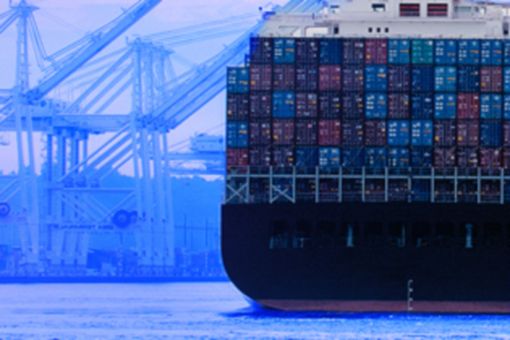Globally, supply chain leaders are prioritizing nine key themes to make their supply chain future-proof and mitigate disruptions due to customer behavior, business models, technology, and macro-economic conditions.
In progress themes
Immediate focus ⟶
1.
Improve supply chain visibility, leverage big data, enhance planning capability, and mitigate supply risks
2.
Prepare for geopolitical disruptions, promote traceability, develop decarbonization strategy, and deliver on evolving customer needs
3.
Automate manual supply chain activities to unlock value
Core themes
one-to-two-year focus ⟶
4.
Responsible sourcing, regulatory assurance, decarbonization, circular economy, human rights, and tech-enabled ESG reporting
5.
Use integrated ecosystem of smart devices, generative AI and Cobots in SC planning, warehouse and distribution
6.
Reorganize digital and human work, foster soft skills and innovation, and reshape roles
Emerging trends
three-to-five-year focus ⟶
7.
Enable supply chain visibility and traceability, optimize inter-company coordination, and improve access to financing
8.
Develop new SC solutions to cater to sector specific trends like precision medicine in HLS and mass personalization in retail
9.
Use the metaverse to create SC digital twins, enable a more immersive communication environment, and fully digitize the supply chain
Our Supply Chain Services
To address our clients' questions and accelerate their progress, we have developed four service areas in the Supply Chain and Procurement domain. Each service is backed by our industry-leading methodologies, digital tool expertise, and extensive experience across various sectors.
Supply Chain Analytics & Cost Optimization
We leverage hypothesis-driven data analytics, comparative benchmarking, and real-world operational insights to rapidly identify measurable improvement opportunities in margin expansion, cost management and capital structures across the end-to-end supply chain and procurement domain.
Opportunities range from quick wins like demand and price optimizations to specification rationalization and transformational initiatives.
Beyond identification, we support you in validating and realizing these savings.
How can KPMG help
Supply Chain Strategy
We facilitate organizations to design and implement industry-leading supply chain and procurement strategies to:
- fuel and support business vision and strategy transitions;
- enable effective risk control across the value chain to drive competitive advantage.
We redesign operating models across six key areas: processes, people, service delivery, KPIs, technology, and governance. Our goal is to ensure these support the organization’s growth ambitions while unlocking productivity gains through cross-functional synergies.
We start with defining the future vision and determining the level of maturity needed to deliver unique and differentiated capabilities. Then we bring together functional and business stakeholders to identify new capabilities in well-designed sessions. This is followed by evaluating the value (business case) of the new capabilities and using the operating model framework to embed and deliver these capabilities within organizations.
How can KPMG help
Supply Chain Sustainability
Shareholders, consumers, and employees have increasingly high expectations of the businesses they invest in, buy from, and are employed by. As a result, business leaders face more pressure from regulators and the market to prove that their organizations are acting responsibly and sustainably.
However, companies face challenges in translating ESG targets into actionable plans, for example concerning scope 3, due to lack of accountability, technology, data insights, and expertise. KPMG’s expert supply chain and procurement teams can help address these challenges and opportunities through a wide range of services.
This benefits organizations in the following ways:
- Ensures regulatory compliance, reduces complexity, and improves performance
- Drives cross-functional collaboration for enhanced governance and cost reduction
- Harmonizes data across the organization, advancing its digital journey
- Improves integration with supplies, resulting in cost avoidance, enhanced performance, and better product design
How can KPMG help
Supply Chain Transformation
KPMG helps its clients with large-scale supply chain transformations to shape their organizational direction. These transformations can be triggered by organization’s aim to:
- embed new IT / Digital platforms / innovative technologies like cloud and AI;
- standardize and harmonize the supply chain function across the business units;
- increase efficiency of process execution.
We support clients in their end-to-end functional transformation journey, starting from creating a common vision of the future Target Operating Model (TOM) to designing and documenting it. We finalize the solution design, build, test, and implement new tools, and finally provide post go-live support and transition. To achieve this transition, we utilize behavioral change methodology to ensure adoption.
How can KPMG help
- • Implement Warehouse Management Systems (WMS)
- • Implement Transport Management Systems (TMS)
- • Set Up Control Towers for End-to-End Visibility








